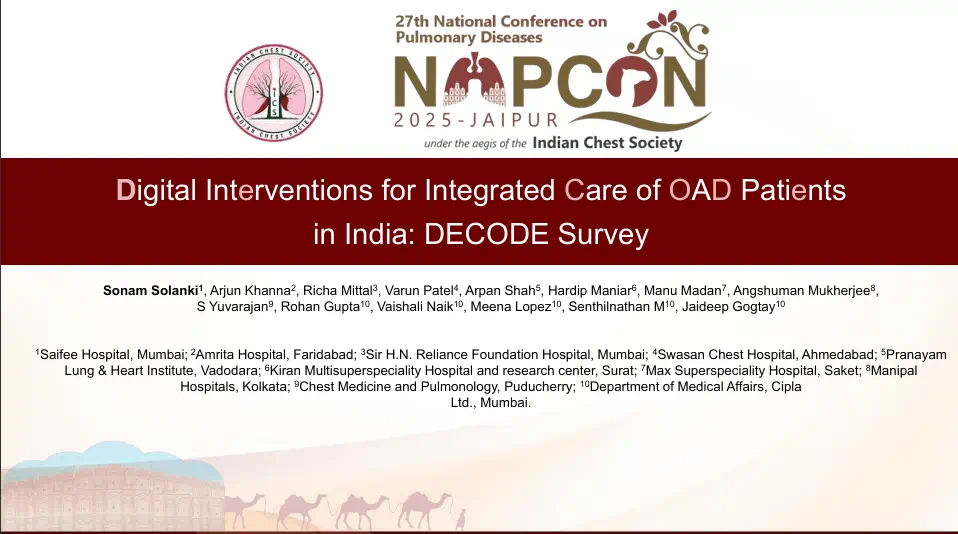Impact of Age on eGFR Dynamics after Initiating SGLT-2 Inhibitors: Real-World Data
Introduction
Sodium glucose co-transporter-2 (SGLT-2) inhibitors are recommended as the first-line therapy in patients with heart failure (HF) or chronic kidney disease (CKD) with or without diabetes, due to its cardiovascular (CV), renal and metabolic benefits. SGLT-2 inhibitors were believed to be equally safe in adults and younger patients. However, a recent systematic review in frail or older adults with diabetes and HF revealed that SGLT-2 inhibitors did not render protection against macrovascular death or renal events. Moreover, the initial decrease in estimated glomerular filtration rate (eGFR); also known as the "initial dip" associated with SGLT-2 inhibitors is typically transient but may be more pronounced in elderly patients. Real-world evidence on renal outcomes of SGLT-2 inhibitors in the elderly is thus warranted.
Aim
- To determine the impact of age on the initial eGFR dip and the changes in eGFR over one year in a real-world setting. The clinical factors that may influence the initial decline in eGFR were also determined.
Patient Profile
- Patients with or without a history of diabetes (age ≥20 years), newly prescribed SGLT2i (N=2070) who had their eGFR evaluated (at baseline, 3, 6, 9, and 12 months ±2 weeks).
Methods
Study Design
- A retrospective study
Assessments
- Serum hemoglobin (Hb), glucose, glycosylated Hb (HbA1c), albumin, uric acid, blood urea nitrogen (BUN), creatinine, total cholesterol, low-density lipoprotein cholesterol (LDL-C), high-density lipoprotein cholesterol (HDL-C), and triglyceride levels.
- Renal function was estimated using the CKD-EPI equation. The eGFR decline was categorized as: mild (≤10% decline), moderate (10-30% decline), and severe (>30% decline)
- The impact of antihypertensive medications [renin-angiotensin system (RAS) blockers, calcium channel blockers (CCBs), diuretics] and diabetes medication on renal hemodynamics was also determined.
Outcomes
- A significant initial dip at 3 months (>10% reduction in eGFR).
- The 1-year change in eGFR after the initial decline.
Results
- Of the entire study population, 68% were male, 84.6% had diabetes, 10.5% were aged <50 years, 22.4% were aged 50-59 years, 34.5% were aged 60-69 years, 21.1% were aged 70-79 years, and 11.5% were ≥80 years old. Approximately 21.4% of the study subjects experienced a significant dip at 3 months.
- Of the total study population, 59.4%, 29.7%, and 1.6% used RAS blockers, CCBs, and diuretics, respectively. Most of the patients with diabetes (92.8%) used metformin, the use being highest in the youngest group (96.3%), and lowest in the oldest group (79.9%).
- At 3 months a significant initial dip (≥10%) was seen in 21.4% of the patients. The incidence of more severe eGFR decline increased with increasing age groups, with a significant initial dip being more common in the older age group (Fig. 1).
Fig. 1: The Mean percentage decline in eGFR at 3 months
- The incidence of initial dip increased with age, with the highest incidence (38.7%) in those aged above 80 years.
- Despite the initial eGFR decline in the first 3 months, the same remained stable over one year in all age groups (Table 1).
Table 1: 1-Year change in eGFR with SGLt-2 inhibitor use
|
Variables |
<50 years (n=217) |
50-59 years (n=464) |
60-69 Years (n=715) |
70-79 years (n=436) |
≥ 80 years (n=238) |
|
Baseline |
94.6 ± 11.2 |
90.3 ± 15.2 |
86.7 ± 16.6 |
76.3 ± 19.4 |
62.1 ± 20.1 |
|
3 months |
92.6 ± 12.6 |
87.6 ± 16.6 |
83.0 ± 18.1 |
73.1 ± 20.0 |
57.7 ± 19.7 |
|
6 months |
93.8 ± 12.9 |
88.2 ± 16.7 |
84.6 ± 18.6 |
74.2 ± 20.7 |
58.2 ± 20.3 |
|
9 months |
93.7 ± 14.0 |
87.6 ± 17.5 |
83.6 ± 19.3 |
73.1 ± 18.5 |
56.8 ± 20.4 |
|
12 months |
94.2 ± 13.7 |
87.3 ± 18.1 |
83.4 ± 18.8 |
72.5 ± 20.3 |
57.2 ± 20.5 |
- Factors including age, lower Hb, higher uric acid levels, and the use of RAS blockers and CCBs were linked to the initial dip. In patients with diabetes, it was observed that the incidence of initial eGFR dip was lower in metformin users compared to non-users (14.5%vs. 30.3%,p<0.001)
Conclusions
- Older patients had a more pronounced initial eGFR decline after initiating SGLT-2 inhibitor. This was particularly true in extremely elderly patients (≥80 years) with coexisting anemia, hyperuricemia, or treated with RAS blockers or CCBs. Nevertheless, the eGFR stabilized over the period of 1 year without further deterioration, similar to younger patients.
- Discontinuing SGLT2i therapy prematurely solely because of the initial decline in eGFR in elderly patients may not be appropriate. Moreover, it would be reasonable to check the baseline eGFR levels and monitor serial eGFR changes after SGLT2i initiation in high-risk patients.
Diabetes Res Clin Pract. 2024 Jul 29:214:111796. doi: 10.1016/j.diabres.2024.111796.









